If your Windows 11/10 computer Restarts Randomly without any reason, you can find below the steps to fix this problem.
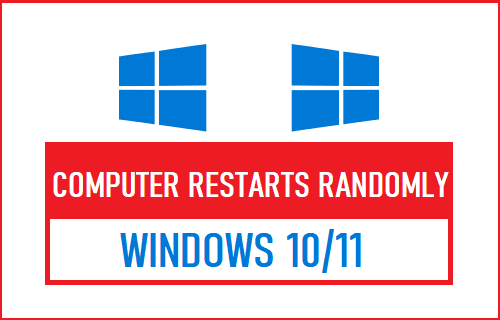
Windows Computer Restarts Randomly
By default, Windows 10/11 computers are designed to restart in Automatic Repair Mode, if they are going through a problem that could potentially damage the computer.
However, Windows 10/11 computers are also known to restart randomly without going into Auto-Repair Mode or displaying any error message.
This can happen due to various reasons, ranging from minor software glitches, outdated or corrupted driver software to hardware related issues like Faulty RAM, Faulty power supply or Faulty Reset button.
1. Disable Automatic Restart Feature
If your computer is frequently restarting for no reason, you can temporarily disable the Automatic Restart feature on your computer.
Right-click on the Start button and click on Run > In Run Command window, type SystemPropertiesAdvanced and click on OK.
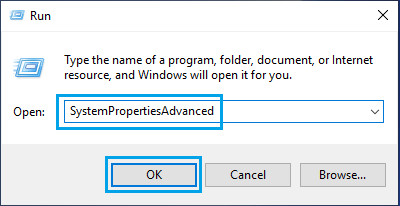
On System Properties screen, switch to Advanced tab and click on Settings button under “Startup and Recovery” section.
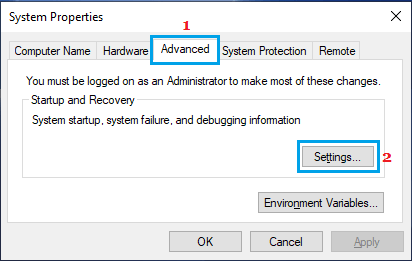
On the next screen, uncheck Automatically restart option under “System Failure” section and click on OK.
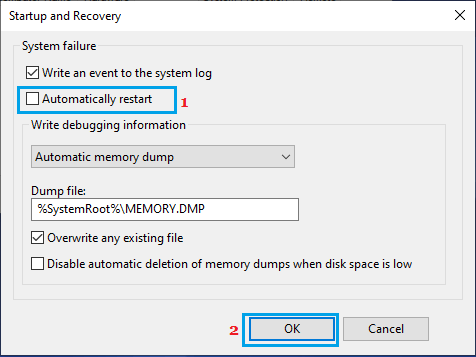
Note: The Automatically Restart feature is a protective mechanism, designed to prevent damage to your computer. Hence, it is recommended that you re-enable Automatically Restart option after fixing problems.
2. Change Power Settings
Right-click on the Start button and click on Run. In the Run Command window, type powercfg.cpl and click on OK.
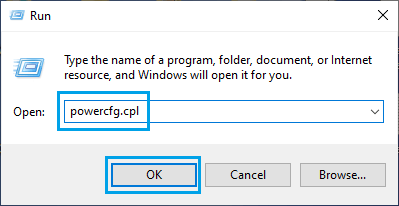
On the next screen, make sure Balanced (recommended) option is selected and click on Change Plan Settings.
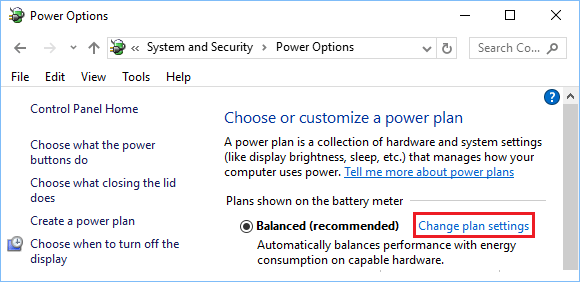
On the next screen, click on Change Advanced Power Settings.
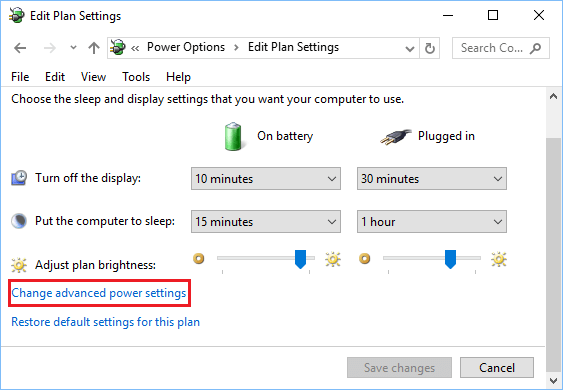
On Power Options screen, select Balanced, expand Power Processor Management entry and make sure Miniumum Power State is set to a low value (Say 5%).
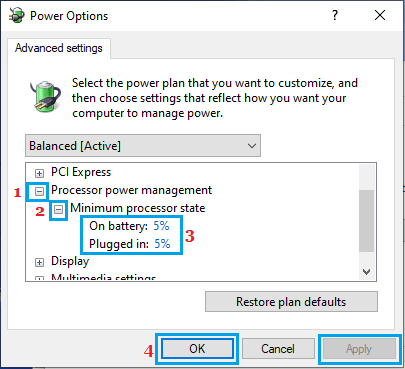
Click on Apply & OK to save this setting on your computter
3. Manually Update Graphics Card Driver
Right-click on the Start button and click on Device Manager. On Device Manager screen, expand Display Adapters entry > right-click on the listed Graphics Driver and click on Update driver.
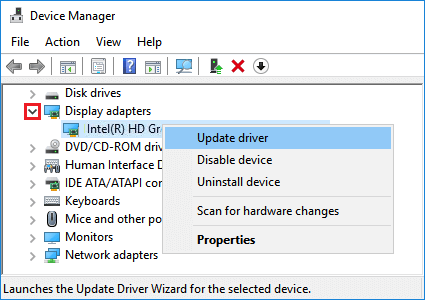
On the next screen, select Search automatically for updated driver software option and follow the onscreen instructions to update the Driver.
After updating the Graphics Card Driver, Restart your computer and see if the problem is now fixed.
4. Run Windows Memory Diagnostics Tool
Type Memory in the Search Bar and click on Windows Memory Diagnostics App in the search results.
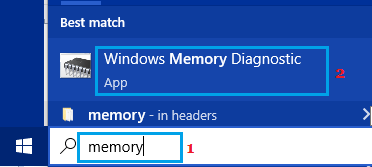
On Windows Memory Diagnostic screen, select Restart Now and check for problems option.
Once the RAM Diagnostics process is completed, restart the computer and see if it is still restarting randomly.
5. Reset the Computer
If above methods did not help, both Windows 10 and Windows 11 provide the option to Reset the computer, which basically reinstalls the Windows operating system on the computer.
Note: This removes all the Installed Apps and Programs from your computer, while leaving your personal files intact.
Windows 11: Go to Settings > Windows Update (left-pane) > Advanced Option (right-pane) > Recovery (right-pane) and click on Reset this PC.
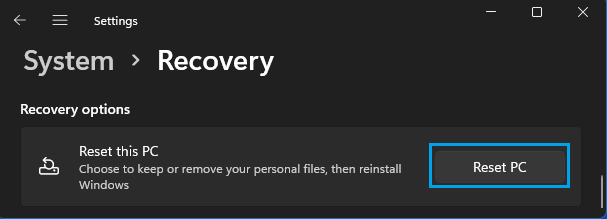
Windows 10: Go to Settings > Update & security > click on Recovery in the left pane. In the right-pane, scroll down and click on Get Started button, located under “Reset this PC” section.
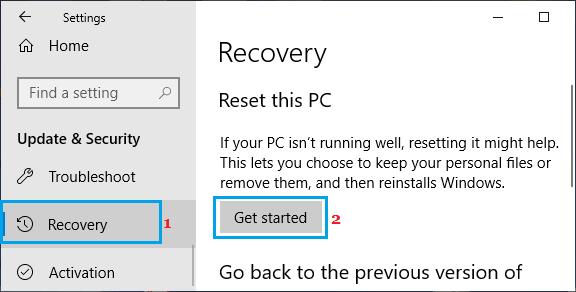
On the next screen, select Keep My files option, in case you want to save your personal files.
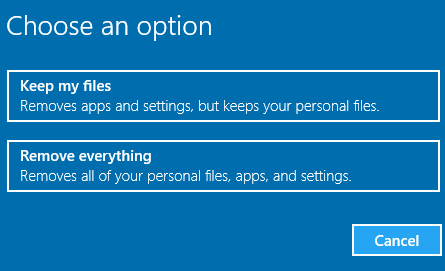
If you select Keep My Files, Windows will save all your personal files before starting the process of erasing and formatting the hard Disk.
Once the process is complete, Windows will show you a list of Applications that are going to be removed from your computer and it will also save a List of Removed Applications on your desktop.